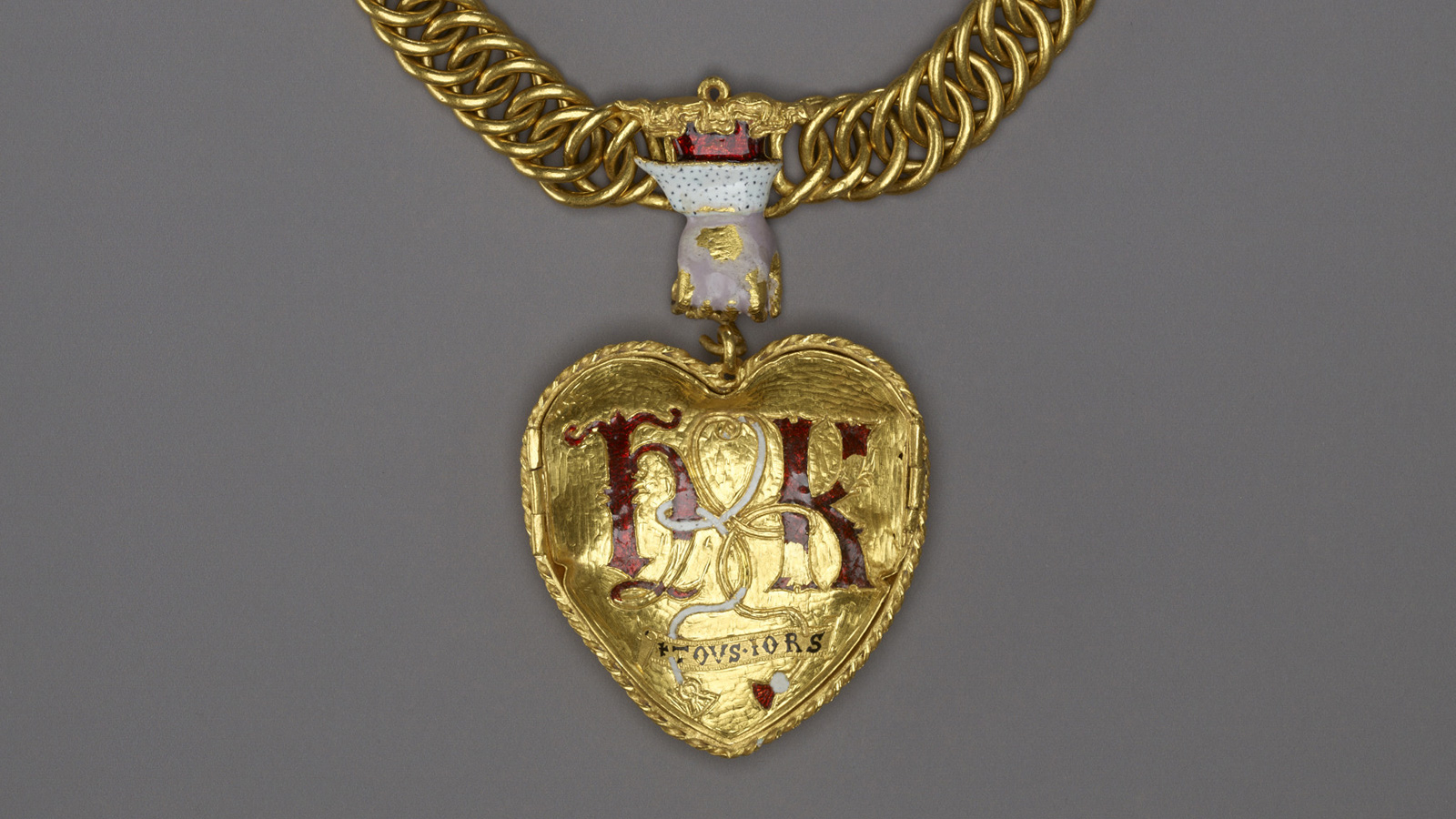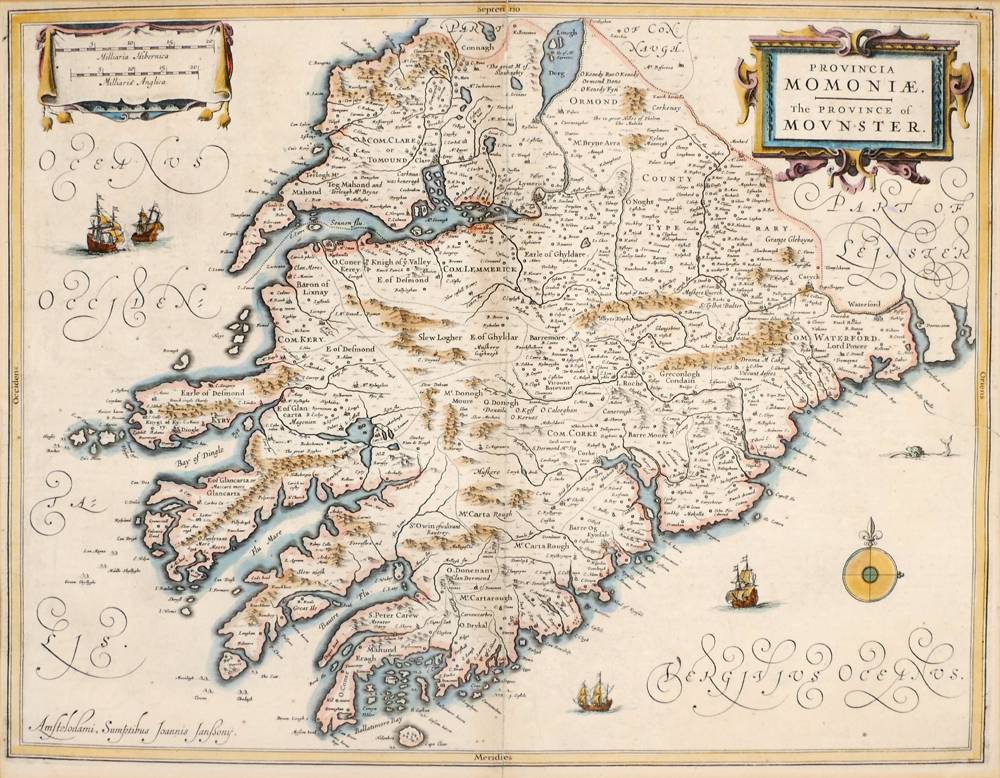
When most of us think of the Georgian period we see Palladian architecture, pannier dresses and the elaborate lives of the super-rich, however life for the poor and working classes in the same period were vastly different. Nothing illustrates this better than the famine which struck the country between 1740 and 1741. This famine killed between thirteen and twenty percent of Ireland’s population – a proportionally greater loss than the Great Famine wreaked upon the country – and yet it is virtually lost to history and known as the ‘forgotten famine’.
Despite the fact that is was later overshadowed by the famine of 1845-52, the famine of the eighteenth century was one of only three of these kind of ‘super-crisis’ events in recent Irish history (the other being the famine of 1650) and because of the effect on the population of a mere 2.4 million people, it became known in Irish memory as bliain an áir – the year of destruction.
The famine was caused by a major volcanic eruption in 1738 in the Kamchatka Peninsula in Russia which spewed thousands of tonnes of toxic smoke into the earth’s atmosphere and disrupted the weather across Europe for the next couple of years. This meant that in 1739, the ‘Great Frost’ arrived and lasted seven weeks. We don’t know exactly how cold it was as there are no records, but rivers and lakes froze solid, the wind chill stood at an estimate of minus twenty degrees and the animal death toll was enormous. At first there was a certain amount of novelty to the unusual weather, but as time went on, the situation became more serious.

Unforeseen side effects included a spate of serious house fires as the frost dried out wooden buildings across the country. One of the most dangerous occurred in Carrick-on-Suir and took down between 100 and 150 houses during the coldest weather Ireland had seen in centuries.
1739 saw more extreme weather conditions still, September was uncommonly wet, October was unusually cold and dry, November saw the country pelted with storms as the weather grew more frosty, and finally the ‘black frost’ – seven weeks of extreme frost into January saw people grow nervous all over the country.
Much like what occurred a century later, much of the damage was due to the fact that the ordinary Irishman relied heavily on the potato for sustenance and after harvest, these were stored in underground pits. With such severe frost, whatever crops did not freeze in the ground froze in the harvest pits. One commentator suggested that half of all the sheep in Ireland perished from the extreme cold. Apart from this, one bad harvest did not spell the end of the world, the next problem was that the hardening of the ground due to frost and the problems caused by all of the rest of the extreme weather totally disrupted planting for the following year. A severe food shortage was on its way.
When 1740 arrived, the New Year was rung in with the discovery of an Old Woman frozen to death in Ormond Market, Dublin on the 2nd of January. This was followed by still more of these discoveries, as it was not just the scarcity of the food to be afraid of, but the extreme cold as the poor harvests coincided with a national coal shortage. People across Dublin began desperately cutting down trees and hedges to burn for warmth, with fourteen people sent to prison for taking trees from Phoenix Park.

In Waterford around this time Michael Rivers, a merchant living in Dungarvan was reported as saying that the frost:
Has already destroyed a great part of the potatoes that lie in the cabins and most of the potatoes of our country that are in the ground, and the poor are likely to suffer greatly.
A couple of weeks later an estate agent living in north Cork, observed:
The eating potatoes are all destroyed, which many think will be followed by a famine among the poor. . . no potatoes remain sound for seed. I think this frost the most dreadful calamity that ever befell this poor kingdom. . .
Conditions were particularly bad in county Waterford, and according to records, at its height in February, 15/16 people were being buried on a daily basis in Lismore. On the estate of the 4th Earl of Cork’s estates (Richard Boyle – sometimes referred to as the ‘Apollo of the Arts’ and responsible for bringing Palladian Architecture to Britain and Ireland), agents told their master that the poor tenants were starving, and yet the Earl organised no relief effort to keep them warm and fed. Though he does seem to have been lax on collecting rents during this period. On the 24th of February 1740, another of these agents commented to the Earl that ‘half the labouring people of the country are dead’.

At this time in Irish history, support for the poor was non-existent at a national level, and not reliable on a local one. While schemes sprang up in response to the crisis in some places, they were usually privately organised as the administration in the country was simply not up to the challenge of responding to such a serious national crisis.
In Dublin, efforts were made to feed the poor and keep them alive and warm in the face of rampant starvation and hypothermia. Attempts were made to follow this example across the country with varying success. Waterford did particularly well in the course of the relief effort, and early on a group of the gentlemen of the city organised a ‘handsome fund by subscription’ and managed to feed 1800 people per day (with a meal of porridge or beef broth) for just £43. A soup kitchen was also established in Lismore to quell the rising death toll and 150 people from the labouring class were fed per day.

As the cold subsided and Spring arrived in 1740, a new problem rose its ugly head: the Spring rains failed to arrive. The subsequent drought killed off several of the animals that had managed to survive the frost, and the livestock of Ireland was decimated once again. The cold arrived again the following Winter and the problem began anew. Food riots happened across the country as people were whipped up into a frenzy of starvation and rising panic. The largest of these incidents happened on the 25th of April 1741 in Carrick-on-Suir, where a crowd of people attacked a boat and military party of 16 which was accompanying a shipment of local oats on their way to to Waterford City to help with the relief scheme there. The crowd successfully took the boat and sixty barrels of oats, though five were killed and eleven wounded in the assault – a sure sign of the desperation now setting in. Carrick being situated inland meant that the situation was worse here than in a coastal town, where a steady supply of foreign grain could be obtained.
The crisis finally ended in the Autumn of 1741, when the harvest was mixed but good enough to cause people to release hoarded stores and flood the market with food.

There were several differences between this famine and the event that took place just over a century afterwards – most notably the lack of emigration and the lack of recording. There was no migration at this time simply because boats weren’t as frequent and no ordinary labourer would have been able to afford the coat of passage. People in general were poorer, and the massive divide between rich and poor meant that many of the upper class, like the Earl of Cork, simply did not understand the severity of the situation, or in some cases – did not care. In many cases, the relief efforts could have been mounted earlier, but were not for whatever reason, and the situation spiralled faster than anyone could have anticipated.
As to why its been forgotten, the crisis of the 1840s was extended, for eight consecutive years the potato crop failed because of a devastating blight, whereas in 1740-41, it simply froze in the ground two years running. As well as that, newspapers were more plentiful, the population was much higher, and it was much more difficult to ignore what was happening.


